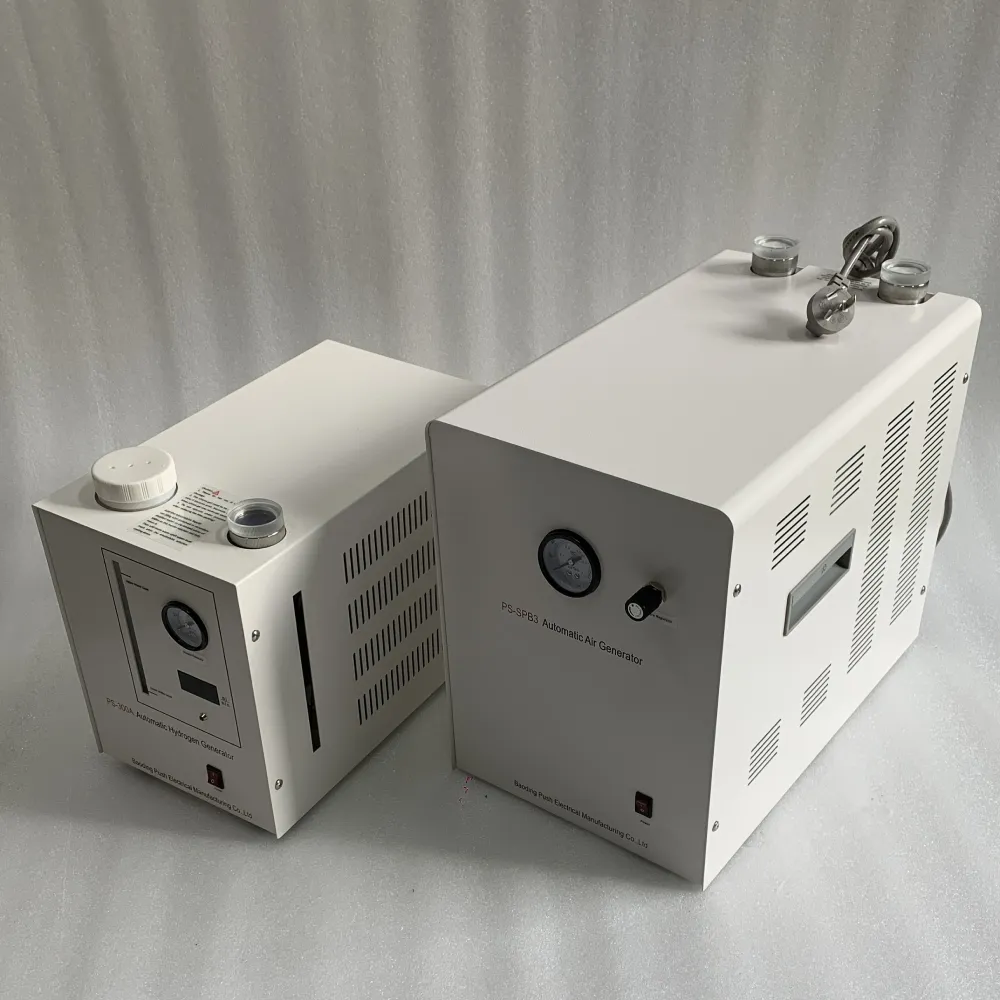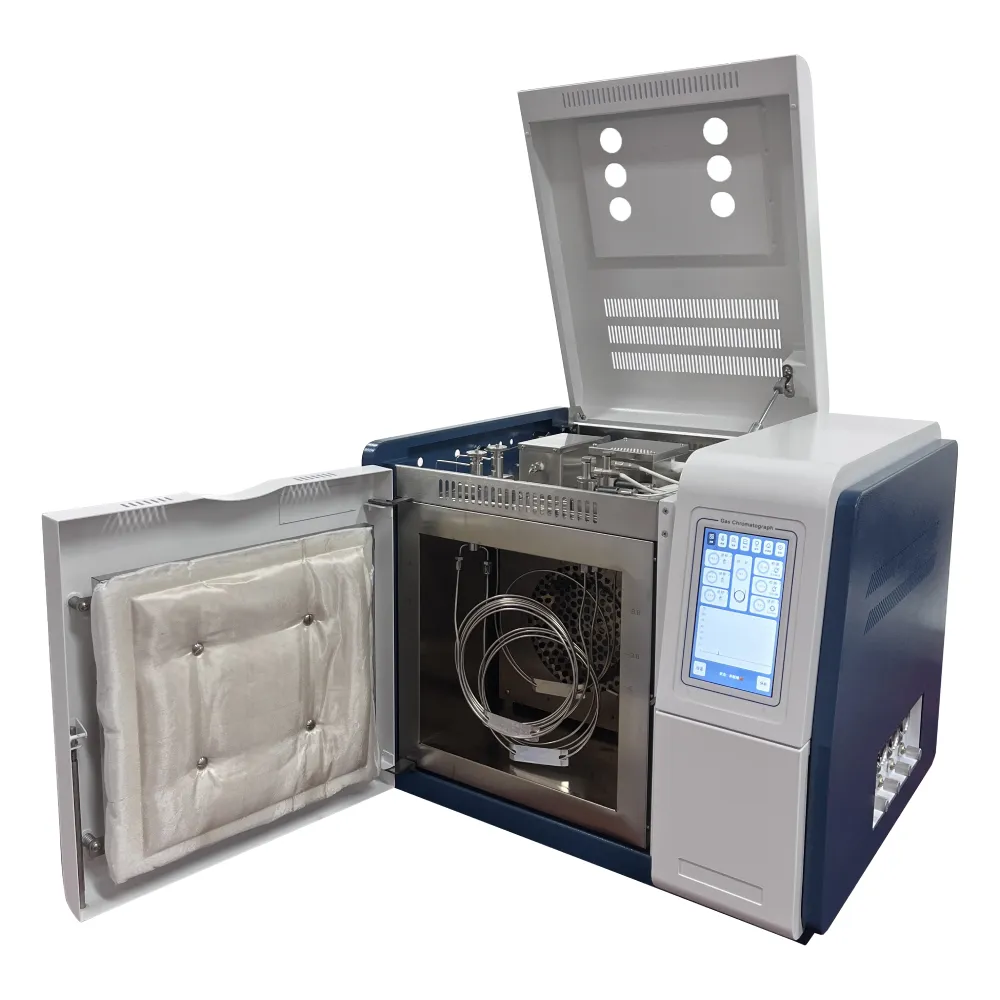TEL:
+86-0312-3189593
 English
English

Telephone:0312-3189593

Email:sales@oil-tester.com

-
 Afrikaans
Afrikaans -
 Albanian
Albanian -
 Amharic
Amharic -
 Arabic
Arabic -
 Armenian
Armenian -
 Azerbaijani
Azerbaijani -
 Basque
Basque -
 Belarusian
Belarusian -
 Bengali
Bengali -
 Bosnian
Bosnian -
 Bulgarian
Bulgarian -
 Catalan
Catalan -
 Cebuano
Cebuano -
 China
China -
 China (Taiwan)
China (Taiwan) -
 Corsican
Corsican -
 Croatian
Croatian -
 Czech
Czech -
 Danish
Danish -
 Dutch
Dutch -
 English
English -
 Esperanto
Esperanto -
 Estonian
Estonian -
 Finnish
Finnish -
 French
French -
 Frisian
Frisian -
 Galician
Galician -
 Georgian
Georgian -
 German
German -
 Greek
Greek -
 Gujarati
Gujarati -
 Haitian Creole
Haitian Creole -
 hausa
hausa -
 hawaiian
hawaiian -
 Hebrew
Hebrew -
 Hindi
Hindi -
 Miao
Miao -
 Hungarian
Hungarian -
 Icelandic
Icelandic -
 igbo
igbo -
 Indonesian
Indonesian -
 irish
irish -
 Italian
Italian -
 Japanese
Japanese -
 Javanese
Javanese -
 Kannada
Kannada -
 kazakh
kazakh -
 Khmer
Khmer -
 Rwandese
Rwandese -
 Korean
Korean -
 Kurdish
Kurdish -
 Kyrgyz
Kyrgyz -
 Lao
Lao -
 Latin
Latin -
 Latvian
Latvian -
 Lithuanian
Lithuanian -
 Luxembourgish
Luxembourgish -
 Macedonian
Macedonian -
 Malgashi
Malgashi -
 Malay
Malay -
 Malayalam
Malayalam -
 Maltese
Maltese -
 Maori
Maori -
 Marathi
Marathi -
 Mongolian
Mongolian -
 Myanmar
Myanmar -
 Nepali
Nepali -
 Norwegian
Norwegian -
 Norwegian
Norwegian -
 Occitan
Occitan -
 Pashto
Pashto -
 Persian
Persian -
 Polish
Polish -
 Portuguese
Portuguese -
 Punjabi
Punjabi -
 Romanian
Romanian -
 Russian
Russian -
 Samoan
Samoan -
 Scottish Gaelic
Scottish Gaelic -
 Serbian
Serbian -
 Sesotho
Sesotho -
 Shona
Shona -
 Sindhi
Sindhi -
 Sinhala
Sinhala -
 Slovak
Slovak -
 Slovenian
Slovenian -
 Somali
Somali -
 Spanish
Spanish -
 Sundanese
Sundanese -
 Swahili
Swahili -
 Swedish
Swedish -
 Tagalog
Tagalog -
 Tajik
Tajik -
 Tamil
Tamil -
 Tatar
Tatar -
 Telugu
Telugu -
 Thai
Thai -
 Turkish
Turkish -
 Turkmen
Turkmen -
 Ukrainian
Ukrainian -
 Urdu
Urdu -
 Uighur
Uighur -
 Uzbek
Uzbek -
 Vietnamese
Vietnamese -
 Welsh
Welsh -
 Bantu
Bantu -
 Yiddish
Yiddish -
 Yoruba
Yoruba -
 Zulu
Zulu
ஜன . 30, 2025 05:59
Back to list
PS-SC03 Three Phase Secondary Current Injection Kit
Conducting a continuity test on a 3-phase transformer is an essential procedure for ensuring the longevity and operational efficiency of an electrical system. This process requires an intimate understanding of both the operational principles of 3-phase transformers and the testing techniques that guarantee accurate results. When executed correctly, a continuity test not only identifies potential issues but also helps prevent costly downtimes.
4. Testing Procedure - Begin by testing the primary winding. Connect the multimeter leads to the ends of the primary winding. The multimeter should emit a continuous sound, indicating a closed circuit. - Repeat the process for the secondary winding. If there is no sound, it indicates an open circuit, suggesting potential damage that needs addressing. - Perform the test for each phase individually to ensure comprehensive coverage. 5. Interpretation of Results An uninterrupted tone signifies that the windings and internal connections are intact, confirming the continuity of the circuit. An absence of sound or erratic readings may indicate a fault that needs immediate attention. Ensuring Trustworthy Results Accuracy in continuity testing hinges on the use of properly calibrated instruments. Regular calibration of testing devices is recommended to maintain precision and reliability. Additionally, using high-quality testing leads that are free of damage ensures that false negatives do not occur during testing. Building Expertise and Trustworthiness Establishing a thorough understanding of transformer mechanics and maintaining consistent testing schedules is crucial for developing domain expertise. Professional certification in electrical systems and diligent adherence to industry standards enhance an individual’s authority and credibility in conducting and interpreting continuity tests. Conclusion A precise and systematic approach to 3-phase transformer continuity testing helps in identifying latent faults that may lead to performance issues. Implementing a routine testing plan, while adhering to industry-standard practices, not only maximizes the lifespan of the transformer but also consolidates dependability in power supply systems. Trust in the process, bolstered by expert knowledge and reliable tools, guarantees operational superiority in the electrical realm.


4. Testing Procedure - Begin by testing the primary winding. Connect the multimeter leads to the ends of the primary winding. The multimeter should emit a continuous sound, indicating a closed circuit. - Repeat the process for the secondary winding. If there is no sound, it indicates an open circuit, suggesting potential damage that needs addressing. - Perform the test for each phase individually to ensure comprehensive coverage. 5. Interpretation of Results An uninterrupted tone signifies that the windings and internal connections are intact, confirming the continuity of the circuit. An absence of sound or erratic readings may indicate a fault that needs immediate attention. Ensuring Trustworthy Results Accuracy in continuity testing hinges on the use of properly calibrated instruments. Regular calibration of testing devices is recommended to maintain precision and reliability. Additionally, using high-quality testing leads that are free of damage ensures that false negatives do not occur during testing. Building Expertise and Trustworthiness Establishing a thorough understanding of transformer mechanics and maintaining consistent testing schedules is crucial for developing domain expertise. Professional certification in electrical systems and diligent adherence to industry standards enhance an individual’s authority and credibility in conducting and interpreting continuity tests. Conclusion A precise and systematic approach to 3-phase transformer continuity testing helps in identifying latent faults that may lead to performance issues. Implementing a routine testing plan, while adhering to industry-standard practices, not only maximizes the lifespan of the transformer but also consolidates dependability in power supply systems. Trust in the process, bolstered by expert knowledge and reliable tools, guarantees operational superiority in the electrical realm.
Latest news
-
Testing Equipment Industry Sees Major Advancements in 2025: Smart & Precision Technologies Lead the WayNewsJun.06,2025
-
Applications of Direct Current Generators in Renewable Energy SystemsNewsJun.05,2025
-
Hipot Tester Calibration and Accuracy GuidelinesNewsJun.05,2025
-
Digital Circuit Breaker Analyzer Features and BenefitsNewsJun.05,2025
-
Benefits of Real-Time Power Quality Monitoring Devices for Industrial EfficiencyNewsJun.05,2025
-
Earth Fault Loop Testing in High-Rise Building Electrical SystemsNewsJun.05,2025



